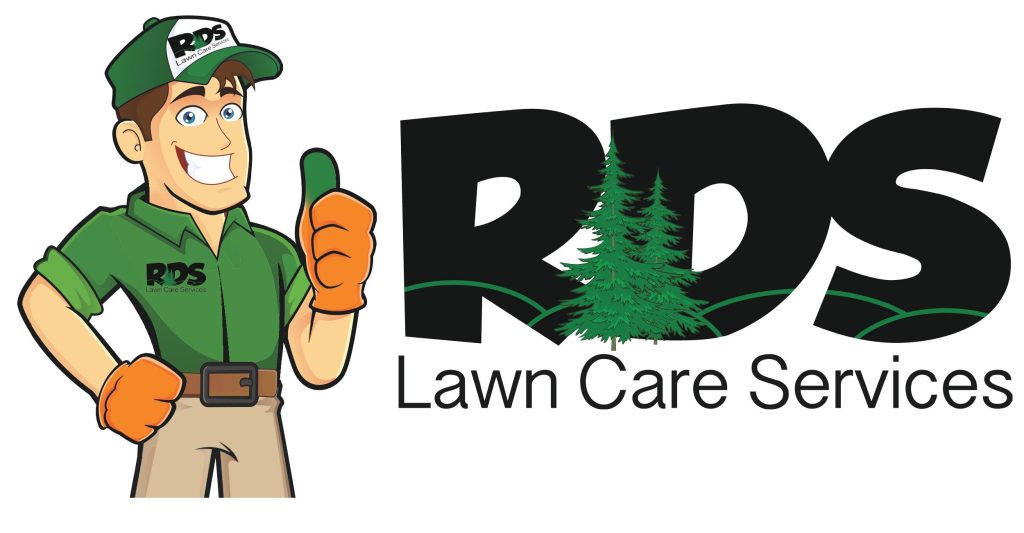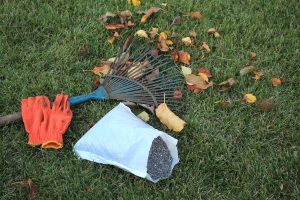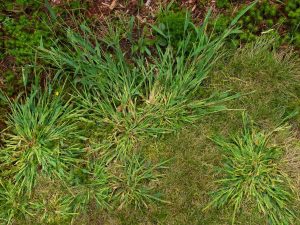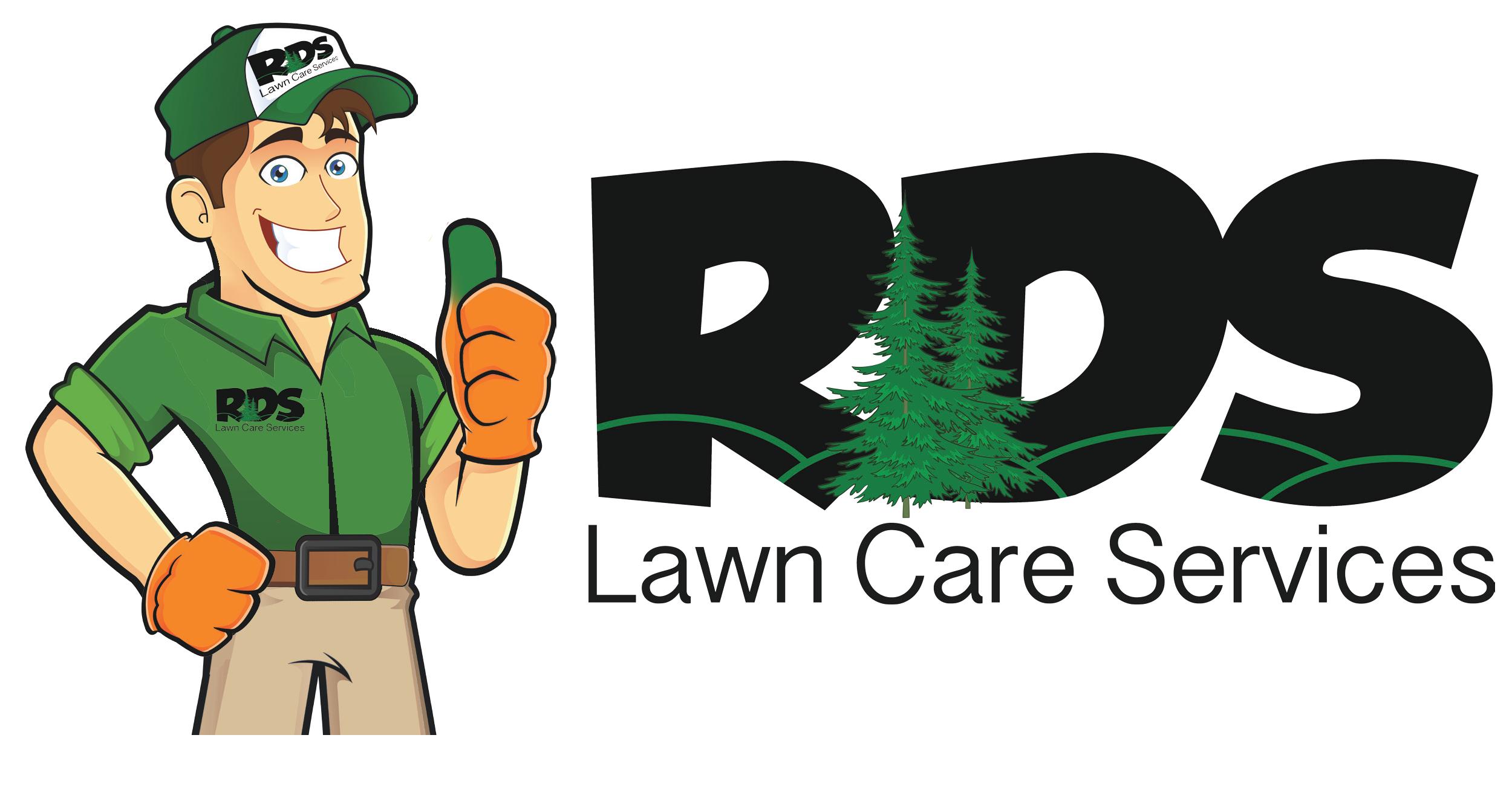If you have ever been in charge of maintaining a lawn, you have likely heard of aeration. Unfortunately, however, not nearly enough people know the first thing about what aeration is or how it works. This article is intended to inform you about the two most common types of aeration: core aeration and liquid aeration. Both methods are effective in their own ways, and the benefits and detractors of both are laid out in the sections you are about to read.

Aeration, in all its forms, is intended to improve the quality of your lawn’s turf, soil, and roots. If done properly, aeration loosens compacted soil and alleviates issues like puddles, poor nutrition, low airflow, and other issues that may be preventing you from having a green lawn. At RDS Lawn Care Services, it is our hope that all of our customers stay informed about the best lawn care services in the Carolinas, and learning about the world of aeration is a fine place to start!
What Is Core Aeration?
Core aeration is a lawn care service that is designed to allow your lawn to breathe, decompress, and absorb more nutrients. What makes core aeration unique is its process of pulling out tiny plugs of compressed soil and thatch from a lawn, which is how core aeration is able to decompress soil. Core aeration machines poke holes in lawns with spikes, often called spoons, that rotate and dig into the soil as the machine is wheeled across the lawn. As the machine continues to move along, the spoons pop out of the ground with a plug of compressed soil.

Repeating the core aeration process across your entire lawn is a great way to maintain healthy turf all year. The holes created by core aeration allow water and nutrients to flow through the soil more freely, meaning stronger roots and tougher turf for your lawn. The plugs that get removed in the process can be disposed of, but leaving them on your lawn to decompose is an effective and easy way to introduce added nutrition to your soil.
What Are The Benefits Of Core Aeration?
More Nutrition
As the plugs are removed from the soil, pathways for nutrients, water, and sunlight become much more available. At RDS, our aeration process removes plugs of soil at a depth between 3-5 inches. This depth is perfect for allowing nutrients to penetrate down to the roots of your lawn where they are needed the most. The holes where the plugs once were will then slowly start to fill in with the surrounding soil, and the lawn will become much softer and ready to transport all kinds of nutrition.
Thatch Management
Thatch buildup may not be the first thing on everyone’s mind when it comes to improving your lawn, but it can have detrimental effects on your lawn if it is not addressed. Thatch is a layer of organic matter that gets broken down and sits atop your lawn’s soil. If too much thatch is allowed to accumulate, it can end up absorbing much of the water and nutrition that grass roots need, and it will contribute to compaction and hard lawns. Core aeration will deal with excess thatch by pulling out plugs that contain soil and thatch and by digging into/breaking up the thatch layer.
Less Compaction
One of the biggest reasons people elect core aeration over liquid aeration, or other options, is its ability to decompress compacted soil. Lawns that frequently receive a lot of foot traffic can quickly get compacted down and become too dense for even sunlight to permeate. On top of this, environmental factors, such as heavy snowfall, can also make your soil become compacted. The holes created in the core aeration process will allow the soil underneath your lawn to breathe, improving airflow, water circulation, nutritional intake, and more!
Stronger Turf
The goal of any lawn care service is to create the strongest grass possible, and core aeration will go a long way in achieving that goal. Core aeration holes are the perfect depth at which to lay down fertilizer because the nutrients are immediately placed down at the root level. As water and air become able to flow through the soil, fertilizers will also be able to get absorbed throughout the lawn. Turf roots that are able to absorb more nutrients will lead to thicker and healthier lawns, and a stronger root system will even help deter weeds from growing.
Pest Control
Lawn pests often find compacted lawns to be suitable homes for themselves. Aside from being too dense to allow nutrients to flow freely, compacted soil also creates puddles and standing water, which lawn pests seek out when looking for a lawn to invade. Poorly nourished lawns that do not drain well are the ideal environment for lawn pests. Core aeration is an effective and natural way to get your lawn healthy and rid of pests.
Better Germination
Core aeration helps lawns become fuller, but it also encourages new seedlings to take root so that grass can sprout. Most people who enjoy the benefits of core aeration prefer to lay down new seed at the same time. After the aeration holes are made, seeds can simply fall in at the perfect depth for germination. In more ways than one, core aeration can improve the look and feel of any lawn.
What Is Liquid Aeration?
Liquid aeration has the same goals as core aeration, which are to decompress soil and improve nutritional intake. The difference between the two is in the delivery method. While core aeration aims to achieve these goals by mechanically poking thousands of holes into a lawn, liquid aeration is a simple application of a liquid via a sprayer. The solution sprayed over the lawn will work its way down, and it will begin to break apart compacted soil and thatch for a much healthier soil.

The active ingredient in most liquid aerators is ammonium lauryl sulfate, which is a common compound that is even found in many hand soaps. As the mixture is absorbed, the compacted soil will start to split and splinter, creating openings through which nutrients can flow and reach grass roots. Liquid aeration is much easier to perform than core aeration, and it comes with some unique benefits that core aeration can not offer.
What Are The Benefits Of Liquid Aeration?
Quicker Application
For a number of reasons, core aeration can be a time consuming process. On the other hand, liquid aeration is quick and easy to apply! Even large areas of land can be liquid aerated in just a few minutes because of the blanket-spraying technique that is used to apply the solution. Choosing liquid aeration means not having to worry about cumbersome equipment, malfunctioning mechanical parts, or small areas of your lawn where machinery can’t reach. The entire process can be completed in the amount of time it takes to walk up and down your property.
No Plugs
If the plugs created by the core aeration process are too ugly for you to deal with, liquid aeration could be an alternative! Because the liquid aeration process does not involve any soil extraction or machinery, no plugs of soil and thatch will be left on your lawn after the service is provided. This makes liquid aeration a great choice for anyone who does not want to deal with unsightly dirt plugs, and there will be no evidence of aeration on your property other than your lush lawn.
Fuller Coverage
It may not seem to be the case, considering how quickly liquid aeration is performed, but liquid aeration actually covers more ground than core aeration. On average, one quart of liquid aerator can cover over 30,000 square feet. While core aeration requires the aerator to actually roll over every inch of soil it hopes to improve, liquid aeration spreads its effects throughout the soil after it is sprayed. Liquid aeration will go to work in your soil long after it is applied.
Additional Nutrition
Many liquid aeration solutions contain beneficial microorganisms to condition the soil while loosening it at the same time. While core aeration works to loosen soil and decompress your lawn, the process itself does not introduce any beneficial substance to your turf. Liquid aeration is a great and convenient way to improve soil health.
Deeper Penetration
Core aeration’s reach is limited to the length of the spoons, but liquid aeration has no such restrictions. As a liquid flowing freely in your soil, gravity will continue to pull the solution down until it is absorbed fully. This deep penetration means healthier roots and more nutrition for your lawn, and it also promotes healthy drainage that will prevent puddles and standing water.
Cost Effective
If you can not decide which service is right for you, maybe let your wallet make up your mind for you! Core and liquid aeration are both effective options, but liquid aeration will almost always be cheaper. Core aeration involves machinery, more manpower, and more time, while liquid aeration can be as easy as purchasing a bottle and spraying the contents onto your grass. The labor and equipment necessary for core aeration are what typically lead to higher prices.
When Should I Core Aerate?

For most people and their lawns, core aeration can be beneficial twice per year—once in spring and once in fall. These are the optimal times to core aerate because your lawn is either coming out of or entering into winter dormancy, and core aeration with overseeding will help thicken your turf when it needs it most! However, many people elect to core aerate only once per year. For cool-season grasses, RDS technicians core aerate between September and October; for warm-season grasses, core aeration takes place between May and July.
- IMPORTANT – Core aeration is best suited for lawns that are severely damaged. If your lawn is mostly healthy and green, you should avoid the hassle and turf stress associated with the machinery used for core aeration. However, if your lawn is hard, dry, and filled with dead spots, core aeration will provide the best results.
When Should I Liquid Aerate?

At RDS, we include liquid aeration as part of our 7-step fertilization treatment program! This application would come between late March and April, which is right around the time your lawn will be getting back into the swing of things during the growing season. This step in the program features applications of other soil conditioners also, such as humic acid and sea kelp, which will have maximized effects as a result of liquid aeration being applied at the same time. It is safe to liquid aerate several times throughout the year without fear of damaging your turf, so feel free to apply liquid aeration once every two months.
- IMPORTANT – Liquid aeration is recommended for lawns that are already 75% healthy. While liquid aeration will not harm a lawn that is severely damaged, it will not provide the same results as core aeration. If your lawn is filled with bare patches, puddles, and it struggles to grow year after year, core aeration is a better choice.
Step Up Your Aeration With RDS Seeding Services!
RDS Lawn Care Services has served communities in the Carolinas for years, and we have the services you need to get your lawn looking full and vibrant. No matter which option you choose, aeration is a highly effective method of creating better lawns, but even the most effective aeration service needs a little help. To truly see the best results possible from aerating your lawn, ask us about our seeding services! Seeding is most effective when it is performed in conjunction with aeration because the seeds are given a direct route to your lawn’s roots. Call RDS at (704) 822-1625 for more information on these or any other services we provide!




